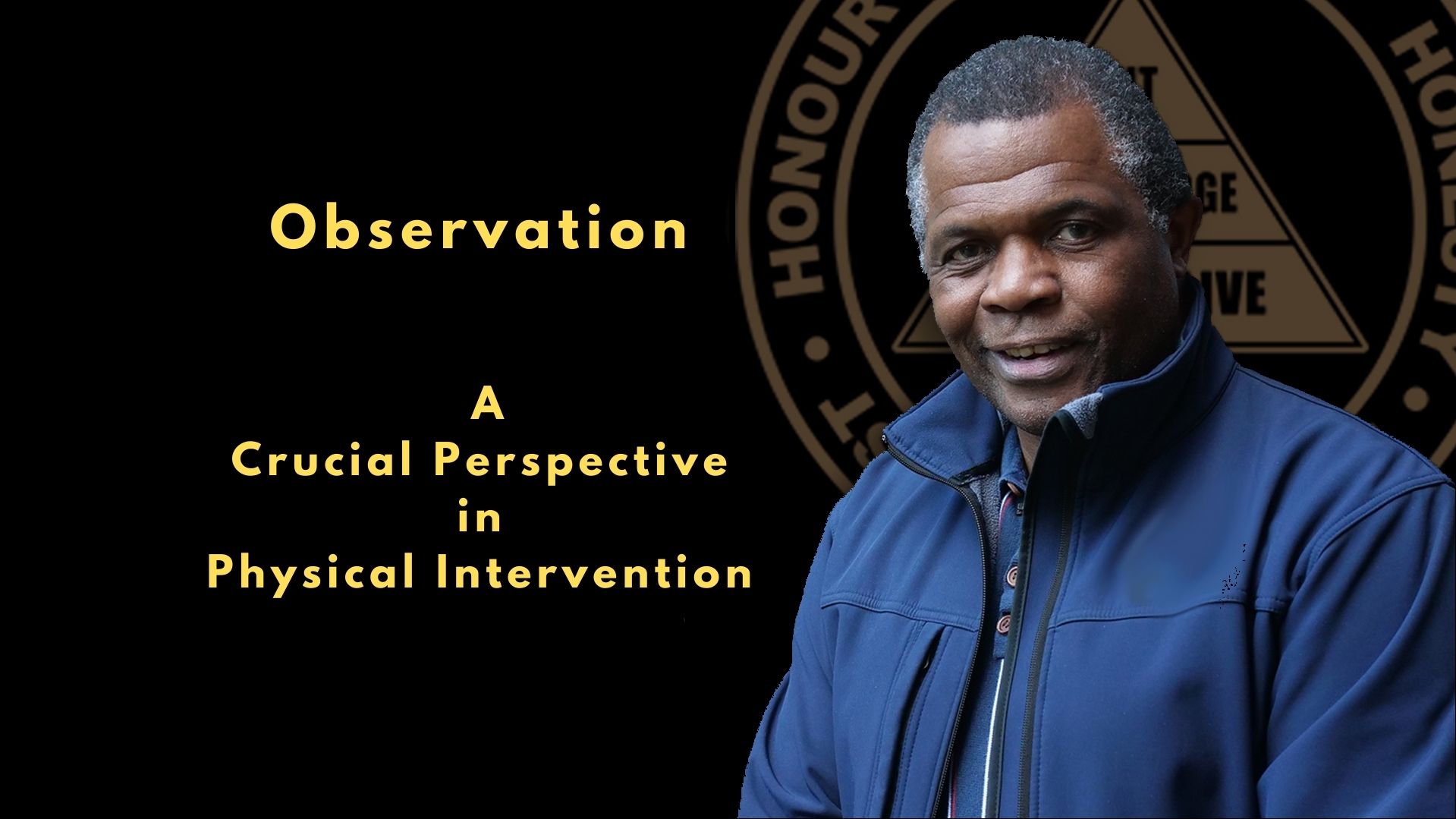Up to the year ending March 2023 overall there were 2.1 million offences against the person recorded. This was a 20% rise compared with the pre-covid pandemic year ending March 2020.
Violence with injury was 6% higher (573,791 offences) than levels recorded in the year ending March 2020 (540,870 offences).
Violence without injury increased by 14% to 828,673 offences compared with the year ending March 2020 (728,265 offences).
Violence and aggression pose serious threats to the safety and well-being of employees and people across society.
As organisations strive to create secure environments for their workforce, understanding the importance of keen observations becomes paramount.
Let’s explores the significance of detailed observations when it comes to preventing and managing violence and aggression at work, with a focus on the use of physical intervention (example) as a reasonable and necessary response.
The Importance of Observations:
Observations play a pivotal role in capturing a subject’s views and behaviour accurately.
When it comes to preventing and managing workplace violence, these observations become crucial evidence in assessing the necessity and therefore reasonableness of physical intervention.
Objective and detailed observations contribute to a comprehensive understanding of the situation, enabling individuals and therefore organisations to make informed decisions regarding the appropriate course of action.
Subject Views and Objective Understanding:
In order to effectively prevent and manage workplace violence, it is essential to consider the subject’s views and motivations.
Observers must approach their role with objectivity, setting aside personal biases and preconceptions.
By capturing the subject’s views through detailed observations, organisations gain valuable insights into the root causes of potential aggression, allowing for the development of targeted prevention strategies.
Reasonable and Necessary Physical Intervention:
There are instances where physical intervention becomes necessary to ensure the safety of individuals in the workplace.
The key lies in assessing the reasonableness and necessity of such actions based on the observed behaviours of the subject.
Observers must be diligent in documenting the circumstances that led to the intervention, highlighting the imminent threat or danger that warranted physical intervention measures.
Examples of Key Points in Observation:
- The duration of observation is a critical factor in understanding the subject’s behaviour. Prolonged monitoring provides a more accurate depiction of patterns and tendencies, aiding the identification of potential risks.
- The proximity of the observer to the subject influences the level of detail captured. Close observation may reveal subtle cues and nuances that are crucial in assessing the gravity of the situation.
- Knowing the subject’s background and history can offer context to their behaviour. Observers must document any pre-existing knowledge, ensuring a comprehensive understanding of the individual’s patterns of behaviours and triggers.
- During a critical incident, time becomes a valuable measurement. Observers should meticulously record the unfolding events, providing a chronological sequence that aids in evaluating the necessity of physical intervention.
- Accurate identification of the subject is fundamental in linking observations to specific individuals. Clear documentation ensures that interventions are targeted and appropriate.
In the realm of preventing and managing violence and aggression, the role of observations cannot be overstated.
A detailed and objective account of a subject’s views and behaviour serves as a foundation for justifying the reasonable and necessary use of physical intervention.
By incorporating thorough observations into safety protocols, organisations can enhance their ability to create secure and supportive environments for employees/people.
Click here to learn more – https://nfps.info/physical-intervention-trainer-course/

